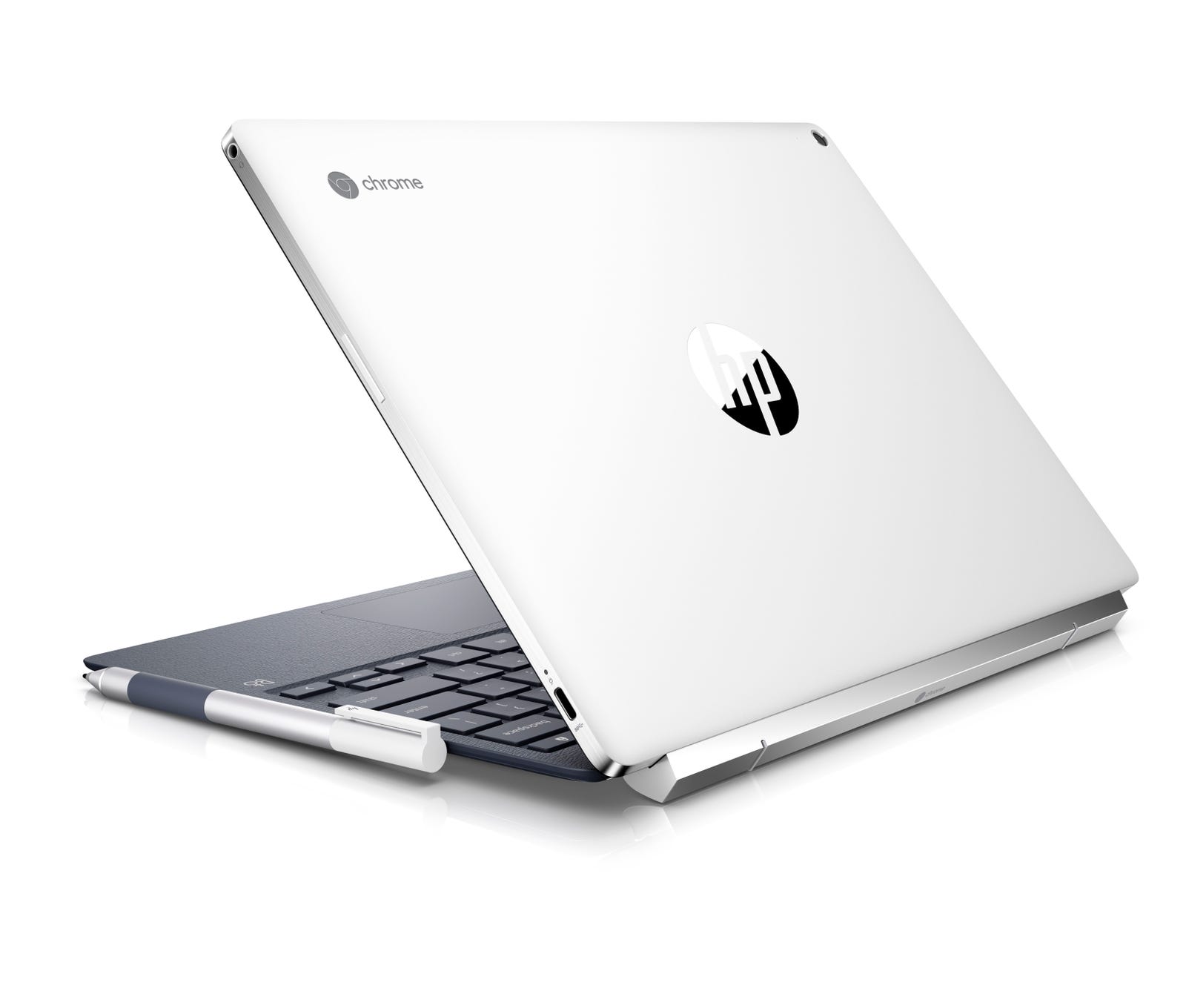
Google updates Chrome regularly, adding new features, improvements, and bug fixes.
Restart Chrome and check if the high CPU and memory issue persists. Disable the option that allows you to Preload pages for faster browsing and searching. Scroll down to Cookies and other site data. Then click on Privacy and Security in the left-hand pane. Go to System and toggle off the option that says Use hardware acceleration when available. Go to Settings, and scroll down to Advanced. Launch Chrome, and click on More options ( the three dots). Disable both of them and check if Chrome still uses too much CPU and memory resources. These two features may or may not improve Chrome’s performance. 
Hardware acceleration uses your computer’s GPU to run graphics-demanding tasks. The Prefetch feature automatically caches pages so that Chrome may load them faster next time you access them.

How Do I Fix High CPU and Memory Usage on Google Chrome? Disable Prefetch Resources and Hardware Acceleration
Using a low-specs computer simply doesn’t have enough resources to meet Chrome’s CPU and RAM needs. Browser hijackers and malware running alongside Chrome’s code. Visiting websites that use high-quality animations or excessive ads. Using a poor configuration and less than optimal settings. Running too many apps or browser extensions at the same time.  Having too many tabs open simultaneously. Here’s a list of some of the most frequent causes of high CPU and RAM usage: Identifying what’s causing Chrome to use too much CPU and memory is not an easy task. If you’re looking for a solution to prevent Chrome from eating up too much CPU and RAM power, follow the steps listed below. Users generally get alerted when they notice that Chrome opens so many processes and uses too much CPU power.
Having too many tabs open simultaneously. Here’s a list of some of the most frequent causes of high CPU and RAM usage: Identifying what’s causing Chrome to use too much CPU and memory is not an easy task. If you’re looking for a solution to prevent Chrome from eating up too much CPU and RAM power, follow the steps listed below. Users generally get alerted when they notice that Chrome opens so many processes and uses too much CPU power.







 0 kommentar(er)
0 kommentar(er)
